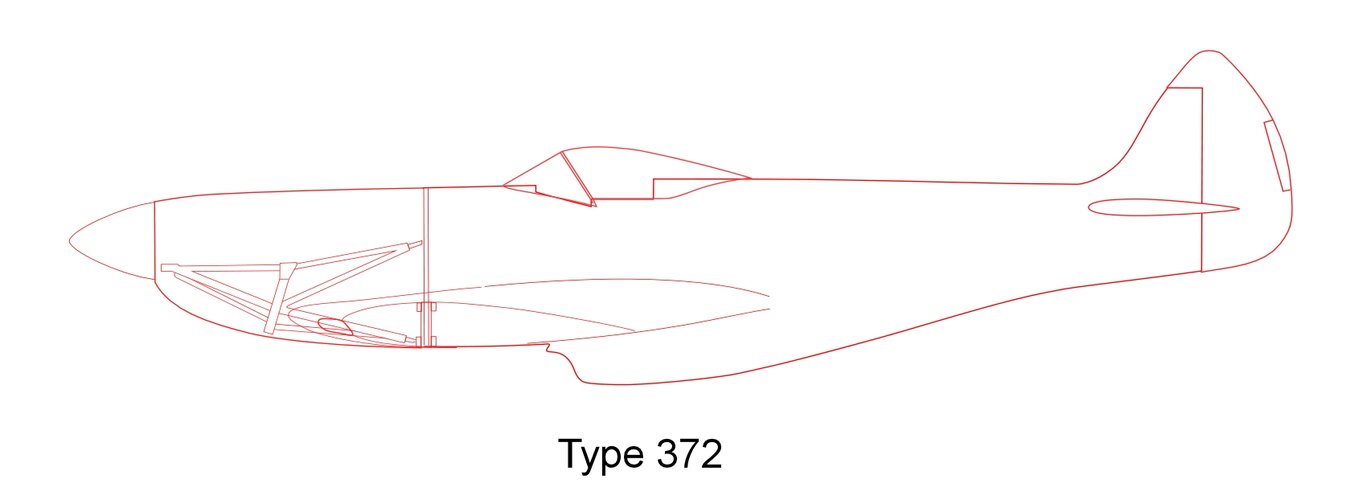BarnOwlLover2
ACCESS: Confidential
- Joined
- 31 October 2022
- Messages
- 68
- Reaction score
- 81
I wonder why this wasn't considered, aside from the fact that the first Griffon powered Spitfires came before the Merlin 100 was fully developed. The Merlin 100 series of course powered the de Havilland Hornet (130 series) most notably, and I believe formed the basis of the Packard V-1650-9/11/23/25 that powered the P-51H Mustang and the XP-82/F-82B Twin Mustangs. I think that if it was workable, a Merlin 100 powered Spitfire would've been an interesting proposition.
Only thing is that, like the Griffon versions, fuel capacity would've had to have been increased, since the Merlin 100s were capable of making about 300+hp more than the Merlin 60 series engines. Not to mention that more power does also usually mean more strengthening, which generally means that the resulting aircraft will be somewhat heavier, though the power should hopefully offset that.
But I do wonder why this wasn't seriously pursued in war time (I'm betting that some Spitfires flying today are using later engines based on the 100 series that were sold commercially), aside from the fact that the Griffon Spits took the lead in development terms after the Mk IX and Mk VIII were developed.
Only thing is that, like the Griffon versions, fuel capacity would've had to have been increased, since the Merlin 100s were capable of making about 300+hp more than the Merlin 60 series engines. Not to mention that more power does also usually mean more strengthening, which generally means that the resulting aircraft will be somewhat heavier, though the power should hopefully offset that.
But I do wonder why this wasn't seriously pursued in war time (I'm betting that some Spitfires flying today are using later engines based on the 100 series that were sold commercially), aside from the fact that the Griffon Spits took the lead in development terms after the Mk IX and Mk VIII were developed.

